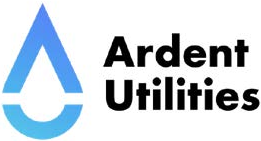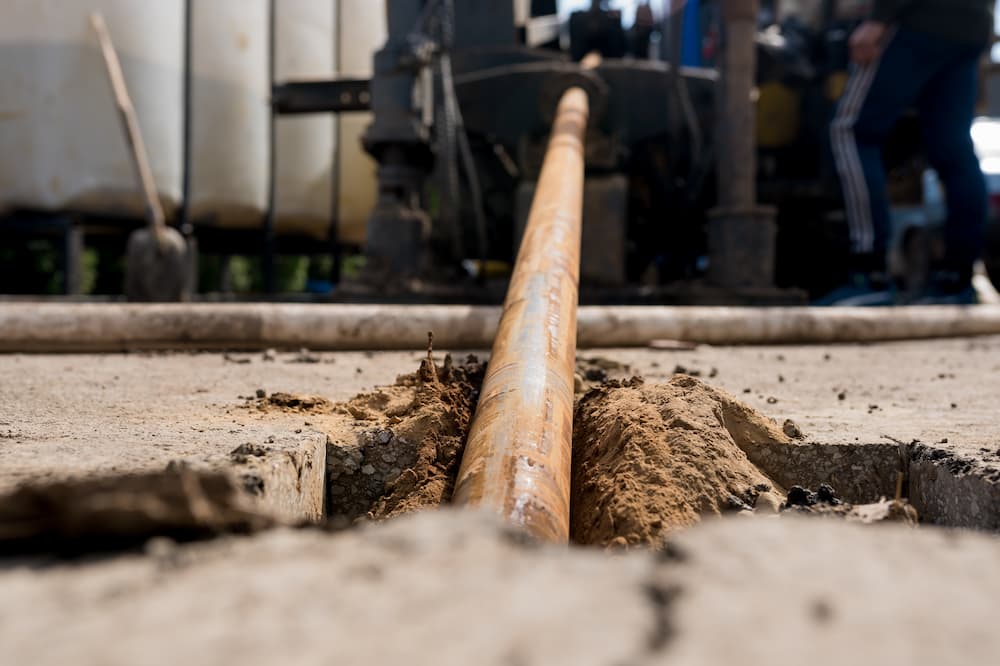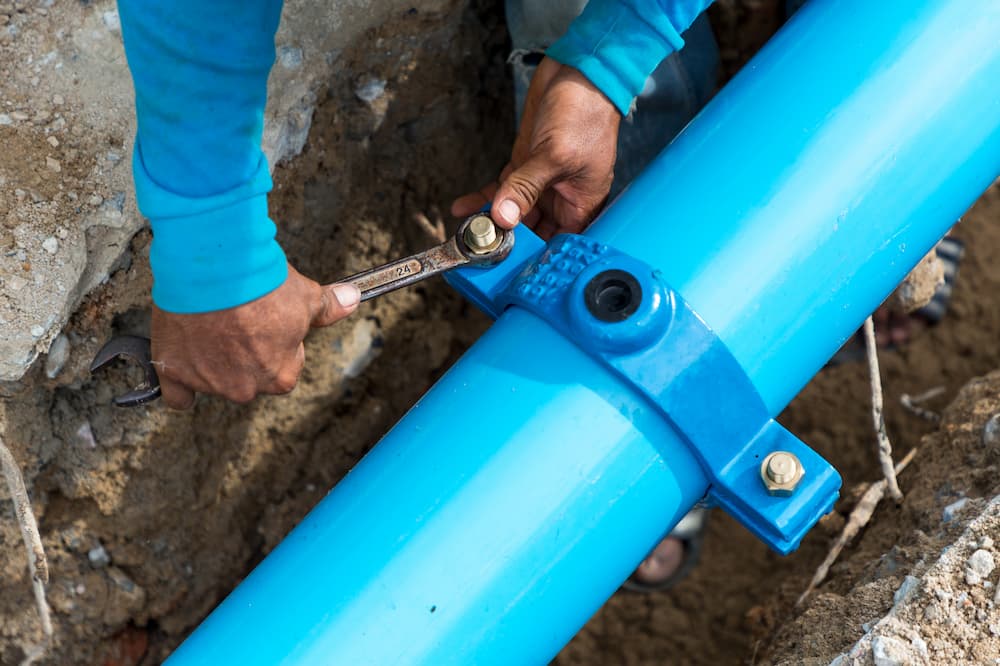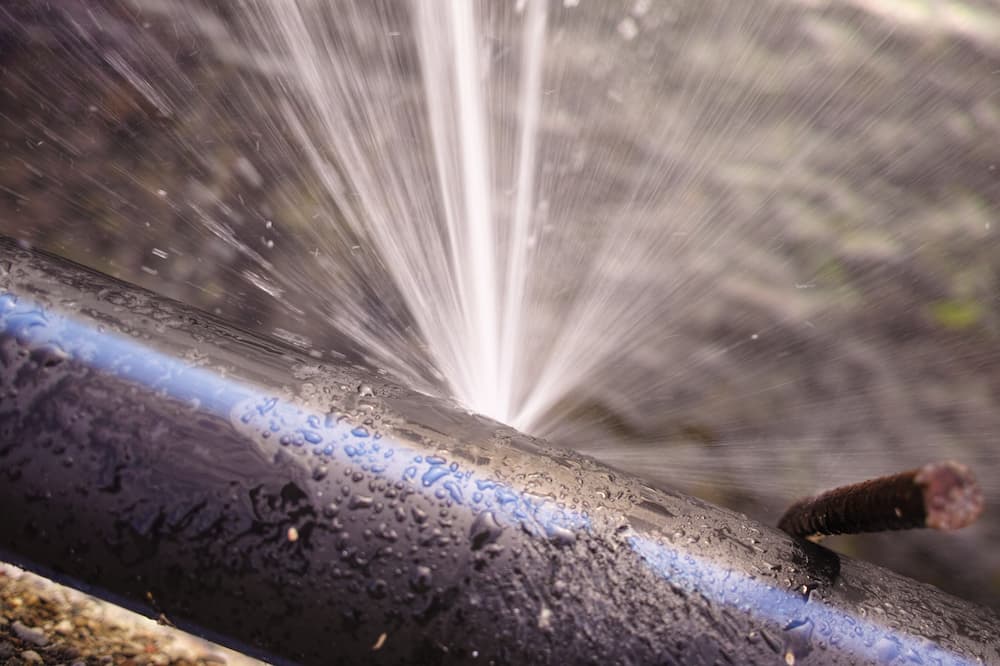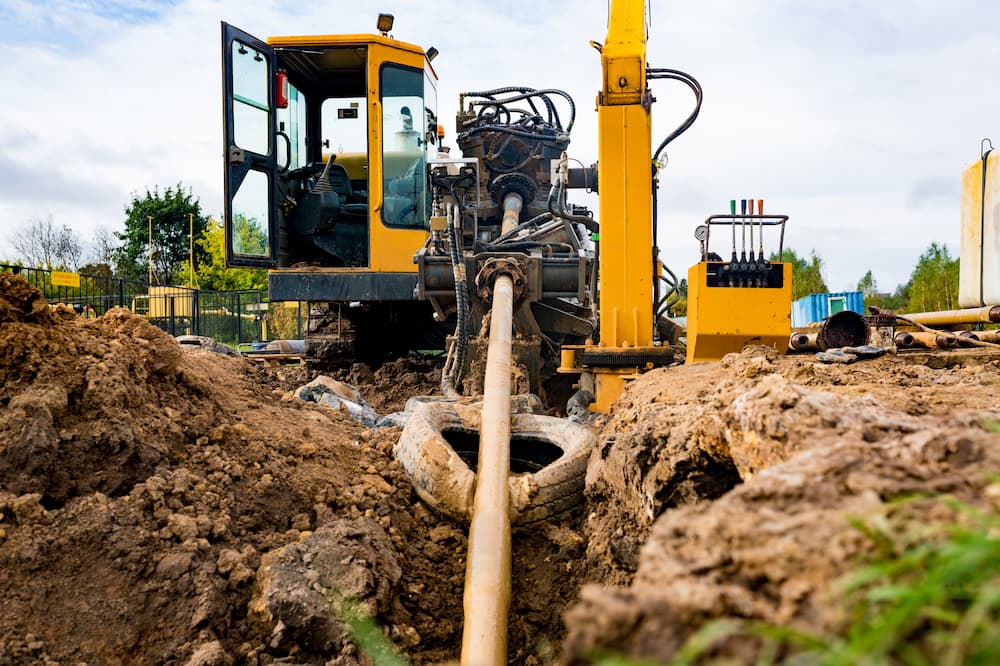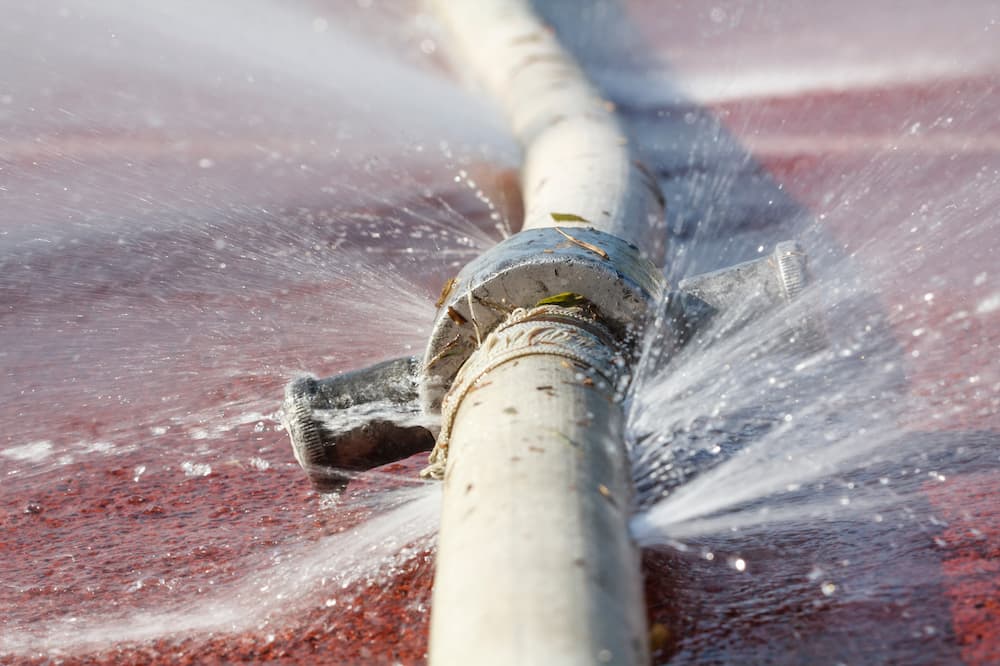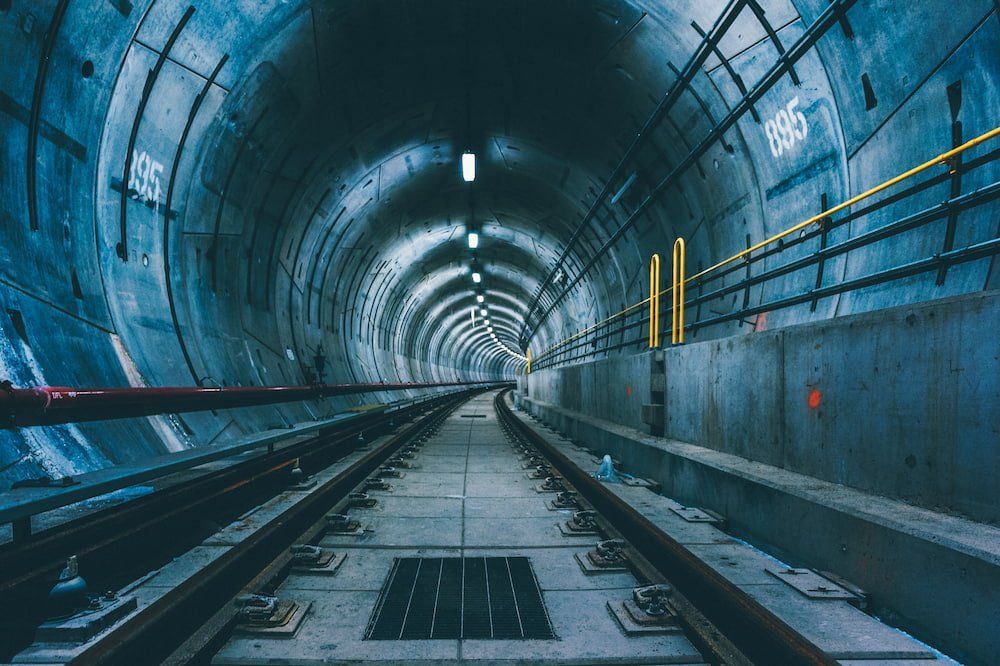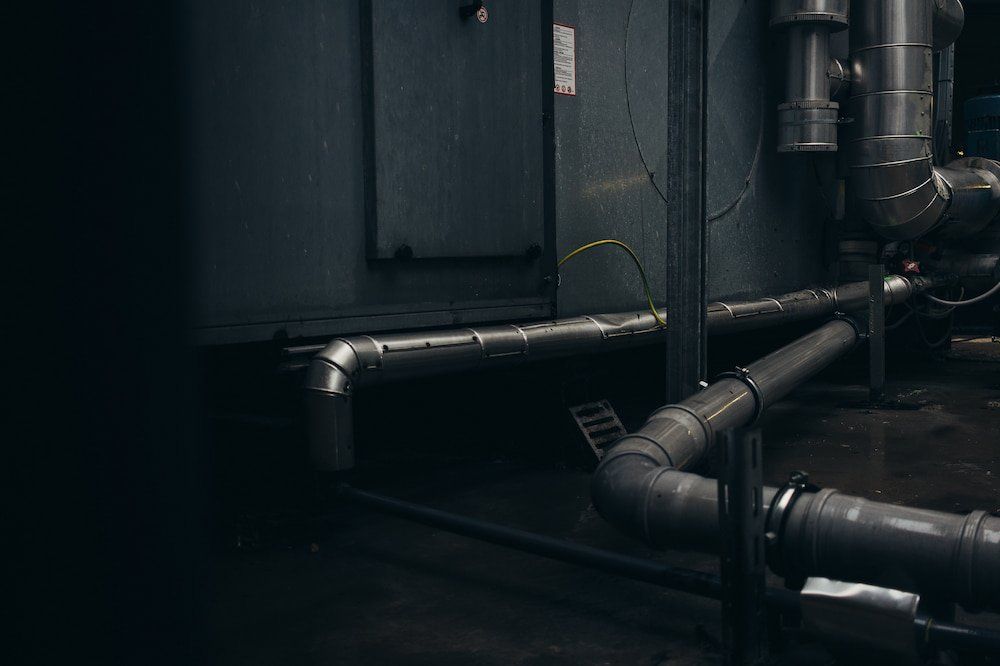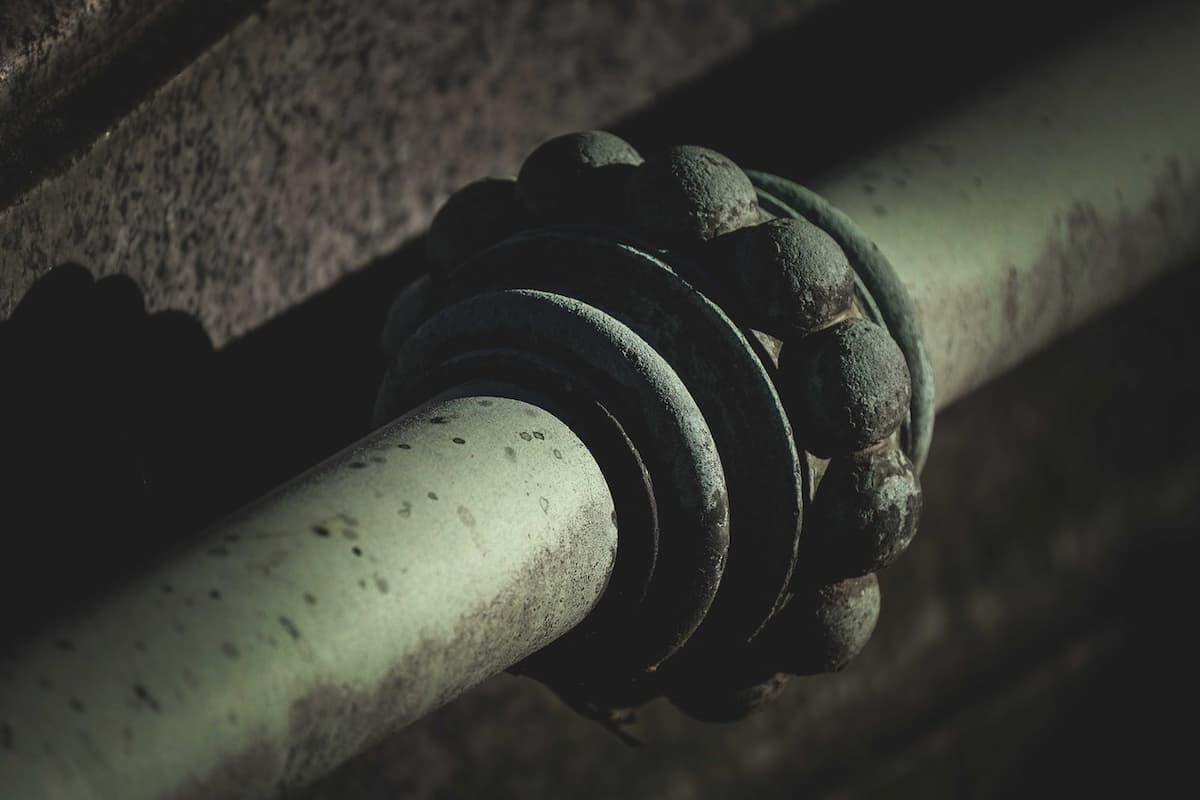How To Repair Steel Water Pipes
Stainless steel pipes are commonly used for household plumbing and food processing because of their high corrosion resistance. They are rigid, strong, and have excellent vibration and shock resistance. Steel also assures purity without corrosive sediments in water delivery.
Although using steel pipes proves to be quite advantageous, there are instances where they can be damaged. Among other reasons, high water pressure and temperature change are significant causes of steel damage.
Damages can be as tiny as a pinprick to a more significant burst. In many cases, your initial reaction to pipe damage may be to either surf the net for DIY videos or decide to weld it yourself.
Although these may appear to be responsible decisions, they can actually cause more harm than good without the proper knowledge.
This is where we can help. In this article, we will be discussing a few methods of repairing damaged steel pipes - so read on to learn all about the process and the equipment used to
repair steel water pipes.
Preparation
Before using any of these repair methods, be sure that the water supply is properly turned off. Then, allow the last drop of water to leak off the affected section (which must be identified).
Clean the damaged area till it is free from oil, water, loose rust scale, sealant tape, paint, or hardware. Lastly, make sure you are putting on the correct protective wear for the method you choose - for example, latex gloves for adhesives, goggles, gloves for welding, etc.
Repair Kit
Knead the putty until it is uniform in colour, and then open the pouch that contains the repair wrap and add water to the wrap and ensure that the water reaches all areas of the tape.
Squeeze the pouch for 20-30 seconds. Before the putty hardens, wrap around the pipe from the opposite side of the damage and continue to wrap until the affected area has tape applied 5cm on either side of the leak.
Preferably, wrap at least 8 times around the pipe. Once the tape is exhausted, with both hands, squeeze over the area to tighten the pressure of the taped layers.
Clamps
Depending on the type, you can use a clamp for a temporary fix or a semi-long-term repair if you like how it looks. You can use a hose clamp by simply placing a small piece of rubber gasket over the affected section and then securing a hose clamp or multiple hose clamps around it.
For a snug fit, keep tightening the hose clamp. A pinhole locator is a kind of patch-clamp that uses a special pin to guide a pointed cone seal into the leaking hole.
Then, pressure is applied to the cone seal, and once the seal is completely compressed, the pin may be removed. This kind of repair is very long-lasting for pinhole leaks.
Another common type of clamp component is the stand-off clamp. It is made up of two half-shells that can be closed together to form a cylindrical shape. It is also referred to as enclosures.
The pressure caused by the tightening of the clamp, if appropriately fitted on the leaking area, will cause the leak to seize.
However, you may still need to get a professional to look at it someday. Enclosures, patch clamps, pin locator clamps, or hose clamps come in different sizes and can be found in hardware stores.
Brazing
Brazing is a technique of joining two metals together. It is quite similar to welding but notably less expensive. All you need is a blow torch and a filler. It works as an adhesive but is a more permanent one if done correctly.
The heat is applied to the steel filler placed directly over the broken section of the steel pipe. The melted steel fills the hole.
This method may not be suitable for all kinds of pipe damages. Welding is, of course, another method of filling a broken steel pipe. It requires a lot of technical knowledge and safety precautions that must be followed.
Conclusion
While most of these methods are easy to follow, they cannot solve cases for irregular bursts in steel pipes or multiple bursts.
For more critical steel pipe damages, follow the approaches for a temporary fix and get in touch with a professional, if not for a fix but at the very least a consultation to avoid reoccurrence.
At Ardent Utilities, we are committed to providing a seamless service to install water supplies and fix
domestic water mains. We also use the best technology for leak detection and cost installation - so contact our dedicated team today to get the ball rolling, or to learn more about our services.
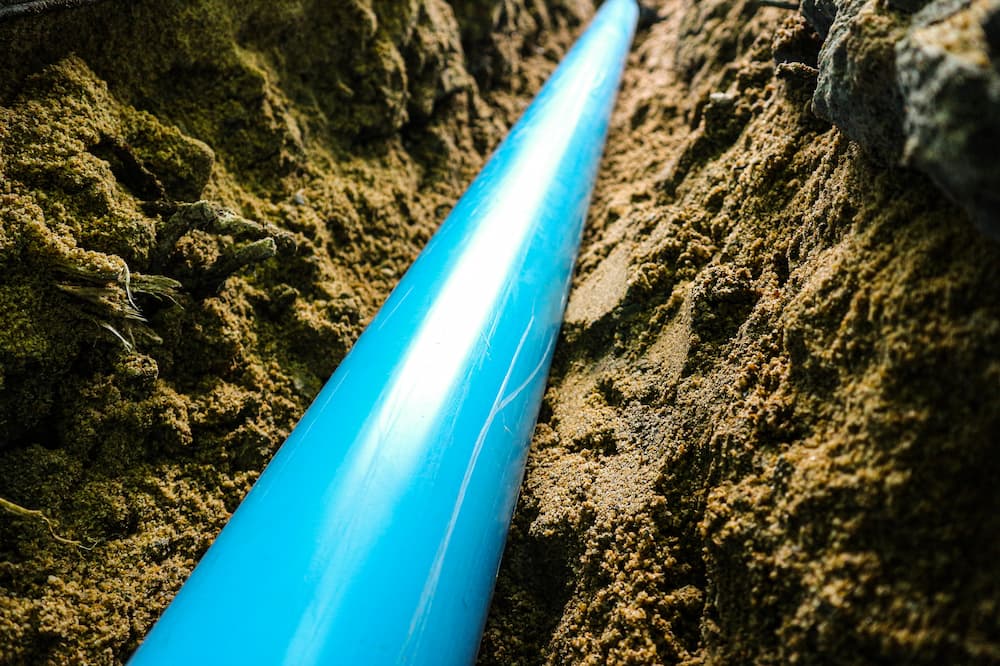
CONTACT
3 Ridgewood Drive,
Birkenhead, Wirral
CH61 8RA, UK
T: 0800 009 2964
E: enquiries@ardentutilities.co.uk
